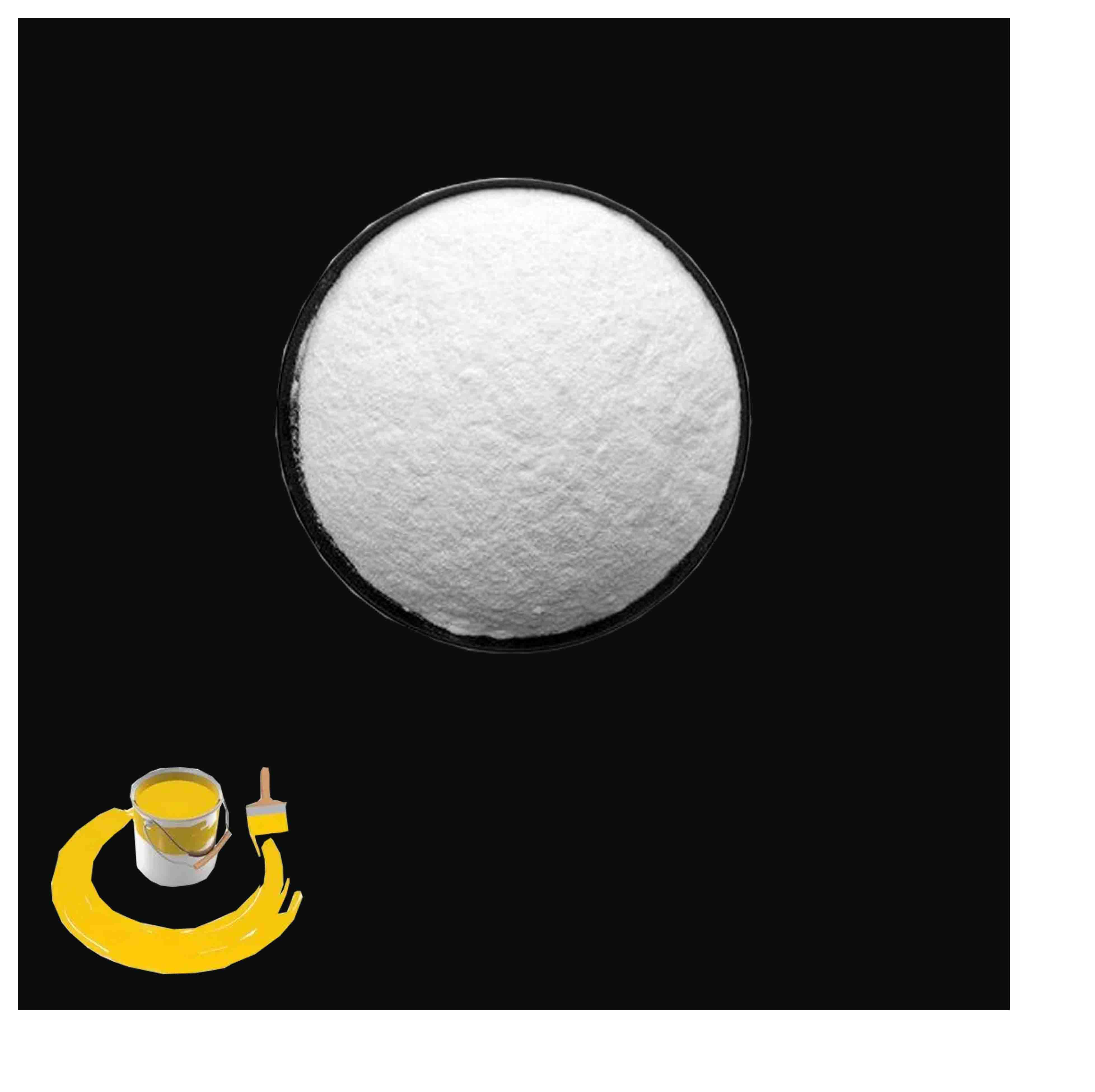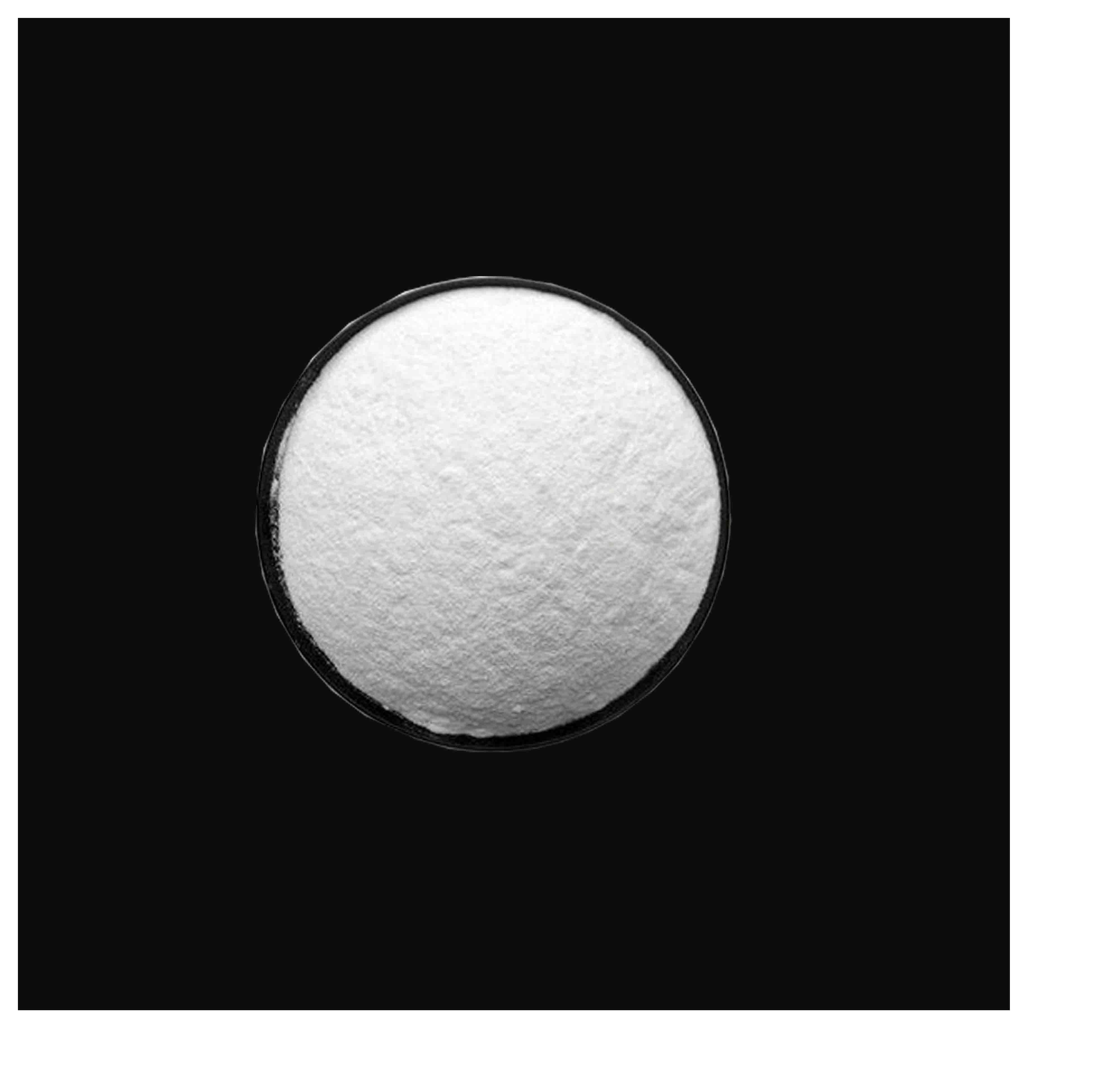
Oct . 06, 2025 00:20 Back to list
13463-67-7 titanium dioxide using for coating supplier R996?
Rutile TiO2 for high-hiding coatings: field notes, specs, and buyer tips
If you’ve been hunting for a reliable 13463-67-7 titanium dioxide using for coating supplier, the DongFang R5566 keeps popping up in my inbox—usually from paint makers wanting a clean, bright rutile with minimal fuss at the millbase. Originating from Jindi Industrial Park, Dacheng County, Langfang, Hebei, this grade is alumina/zirconia plus an organic treatment. In plain English: easy to disperse, stays white, and holds gloss.

The product name is a mouthful—TiO2 DongFang R5566 Rutile Pigment Hot Seller Titanium Dioxide—but the behavior is familiar: high scattering power, high whiteness, and durability that survives outdoor cycles better than basic grades. Many customers say it “just wets in,” which, to be honest, is what busy dispersion rooms need.
Typical specifications (real-world use may vary)
| CAS | 13463-67-7 |
| Crystal form | Rutile |
| Surface treatment | Alumina (Al2O3), Zirconia (ZrO2), organic coat |
| TiO2 content | ≈ 93–95% |
| Oil absorption (g/100g) | ≈ 18–22 (ISO 787-5) |
| pH (aqueous slurry) | ≈ 6.5–8.5 (ISO 787-24) |
| Specific gravity | ≈ 4.0 g/cm³ |
| Tint strength vs. standard | ≈ 102–110% (ISO 787-16) |
Process flow, testing, and service life
Feedstocks are rutile or ilmenite, processed by established chloride/sulfate routes, then coated with Al2O3/ZrO2 and an organic finish to enhance wetting and weathering. QC typically follows ISO 591 and ASTM D476 classifications, with gloss checked at 60° (ISO 2813), color by ISO 7724, and accelerated weathering via ASTM G154 QUV. In outdoor acrylic systems, I’ve seen service life around 8–12 years; industrial alkyds, roughly 5–8; marine topcoats can be lower unless you pair it with robust binders and UV package. Your resin system is half the story.

Where it fits
- Architectural exterior and interior wall paints (high hiding, clean tone)
- Industrial primers and topcoats, including alkyd, epoxy, polyurethane
- Coil and can coatings needing gloss retention
- Pigment pastes for tinting systems—thanks to dispersibility
Quick vendor snapshot (indicative)
| Grade | Surface treatment | Dispersibility | Weathering (QUV 1000h) | Notes |
| DongFang R5566 | Al2O3/ZrO2 + organic | Fast millbase | Low ΔE, good gloss | Value-to-performance sweet spot |
| Chemours Ti‑Pure R‑902+ | Al/Zr + organic | Excellent | High | Benchmark exterior durability |
| Kronos 2310 | Inorganic + organic | Very good | High | Neutral undertone |
Comparison is approximate, based on public datasheets and field feedback; always validate in your binder system.

Customization, packaging, and real-world feedback
Custom tint strength targets, moisture caps, and grind curves can be discussed—especially if you’re running high-speed dispersers with limited residence time. Common pack: 25 kg bags or FIBC. Actually, one Southeast Asian exterior brand told me they trimmed TiO2 loading by ≈5% versus their previous grade due to stronger tint strength, while holding ΔE under 1.0 after 500h QUV in acrylic—impressive for the price band.

Compliance and documentation
Supplier provides standard QC COAs; ISO 9001/14001, and REACH/RoHS statements are typically available on request. For regulated markets, align with ISO 591 categories and ASTM D476 type definitions. If you need migration or VOC data for specific eco-labels, ask early—lead times happen.
Need samples, TDS, or a millbase check? Ask for a drawdown against your control tint paste. And yes, mention 13463-67-7 titanium dioxide using for coating supplier so the team knows which spec you’re after.
References
- ISO 591-1: Titanium dioxide pigments — Specifications and methods of test — General purpose.
- ASTM D476: Standard Classification for Dry Pigmentary Titanium Dioxide Products.
- ISO 787 series: General methods of test for pigments (e.g., -5 oil absorption, -16 tinting strength, -24 pH).
- European Chemicals Agency (ECHA) Substance Information: Titanium dioxide (CAS 13463-67-7).
-
Essential Guide to Calcium Powder Quotes – Pricing, Quality & Global Insights
NewsNov.24,2025
-
Reliable Anatase TiO2 Pigment Quotes for Sustainable Industry Use | CQ Titanium Dioxide
NewsNov.24,2025
-
Understanding Lithopone B311 Powder Quotes – Market Insights & Applications
NewsNov.23,2025
-
Reliable 30-50nm TiO2 Powders Quotes for Advanced Industrial Use | CQTitanium
NewsNov.23,2025
-
Comprehensive Guide on Lithopone Red Pigments Quotes | Industry Insights & Pricing
NewsNov.22,2025
-
Comprehensive Insights into the Lithopone Market: Global Trends & Applications
NewsNov.22,2025
